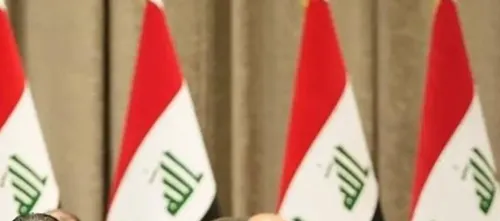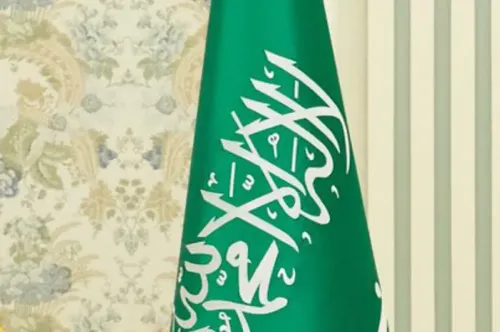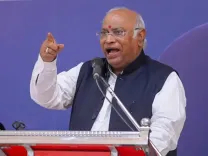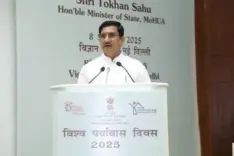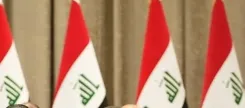How Can India-China Relationship Evolve Through Incremental Cooperation?
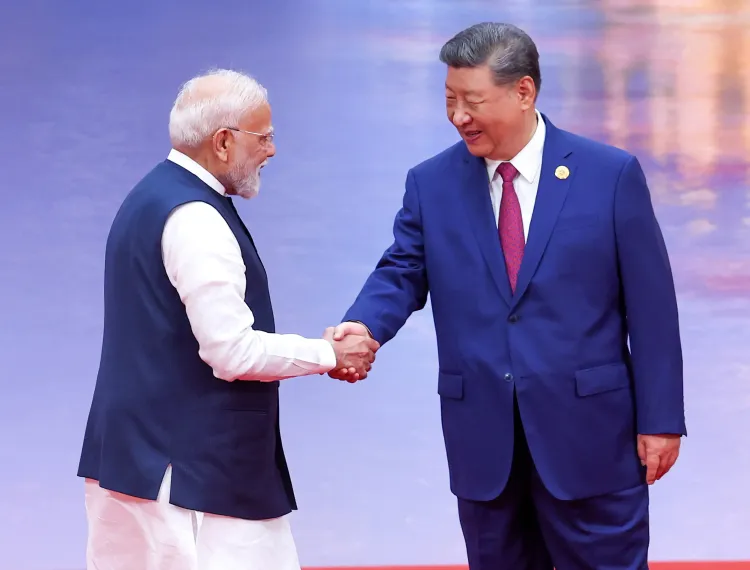
Synopsis
Key Takeaways
- Incremental cooperation is essential for progress.
- Military communication must be enhanced.
- Focus on reliability and verifiability is crucial.
- Global challenges require collaborative efforts.
- Reducing border incidents is a pathway to stability.
New Delhi, Oct 8 (NationPress) The dynamic between India and China has historically tested statecraft, patience, and strategic vision. A recent report emphasizes the necessity of fostering incremental cooperation without falling into self-deception.
Former Indian diplomat Sanjay Kumar Verma articulated in an opinion piece for India Narrative that this relationship thrives on clarity of purpose while penalizing absolutism. It calls for a commitment to advance cooperation gradually, invest in deterrence without succumbing to fatalism, and embrace the fact that progress will be non-linear.
Verma, who previously served as India’s High Commissioner to Canada, noted that the saga of India–China is not merely a straightforward tale of rivalry or rapprochement. Instead, it is a complex narrative of competitive coexistence, marked by border contests, interdependencies in supply chains, trade necessities, Indo-Pacific sparring, and occasional alignments in global platforms.
According to Verma, these nations are close enough to influence each other's decisions yet distant enough in their worldviews to avoid easy alignment. He pointed out that the border issue serves as both a core challenge and a reflective surface, while bilateral trade acts as both a lifeline and a tool, and multilateralism represents a bridge and battleground.
He asserts that the immediate focus for both nations should be on establishing systems that guarantee reliability and verifiability. This begins with enhancing military-to-military communications and empowering local commanders to act swiftly and decisively. Furthermore, they can collaborate on global challenges such as climate change and health at multilateral forums, where joint initiatives can be co-branded.
Looking ahead, Verma envisions success marked by significant reductions in border conflicts, shorter crisis durations, and transparent notifications that prevent rapid escalations. Economically, this translates to reduced dependence on single suppliers for essential inputs and stable trade relations in non-sensitive sectors. This layered, phased strategy offers a pragmatic blueprint for managing the intricate India-China relationship with coherence and resilience over time.
He concludes that competitive coexistence is more than just a slogan; it is a method. It requires defining non-negotiables, safeguarding sensitive areas, engaging where tangible benefits exist, and maintaining communication habits that prevent miscalculation from escalating into tragedy. India's goal is not to dominate China but to stabilize the volatility of the relationship itself. The story of this relationship does not conclude here; rather, it continues to evolve.

